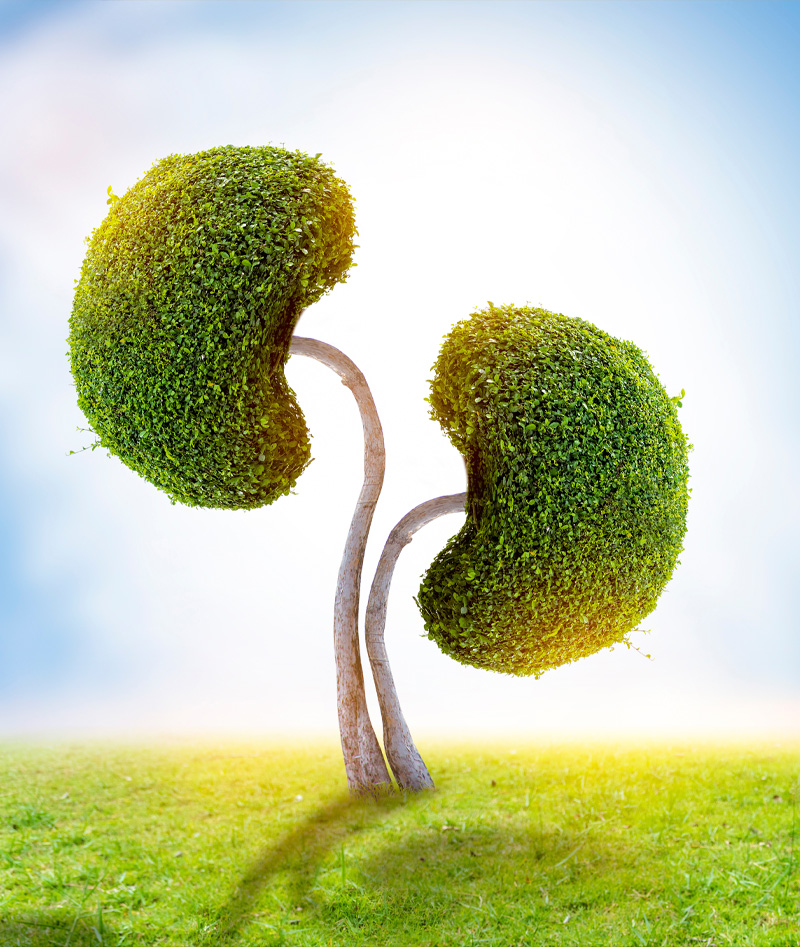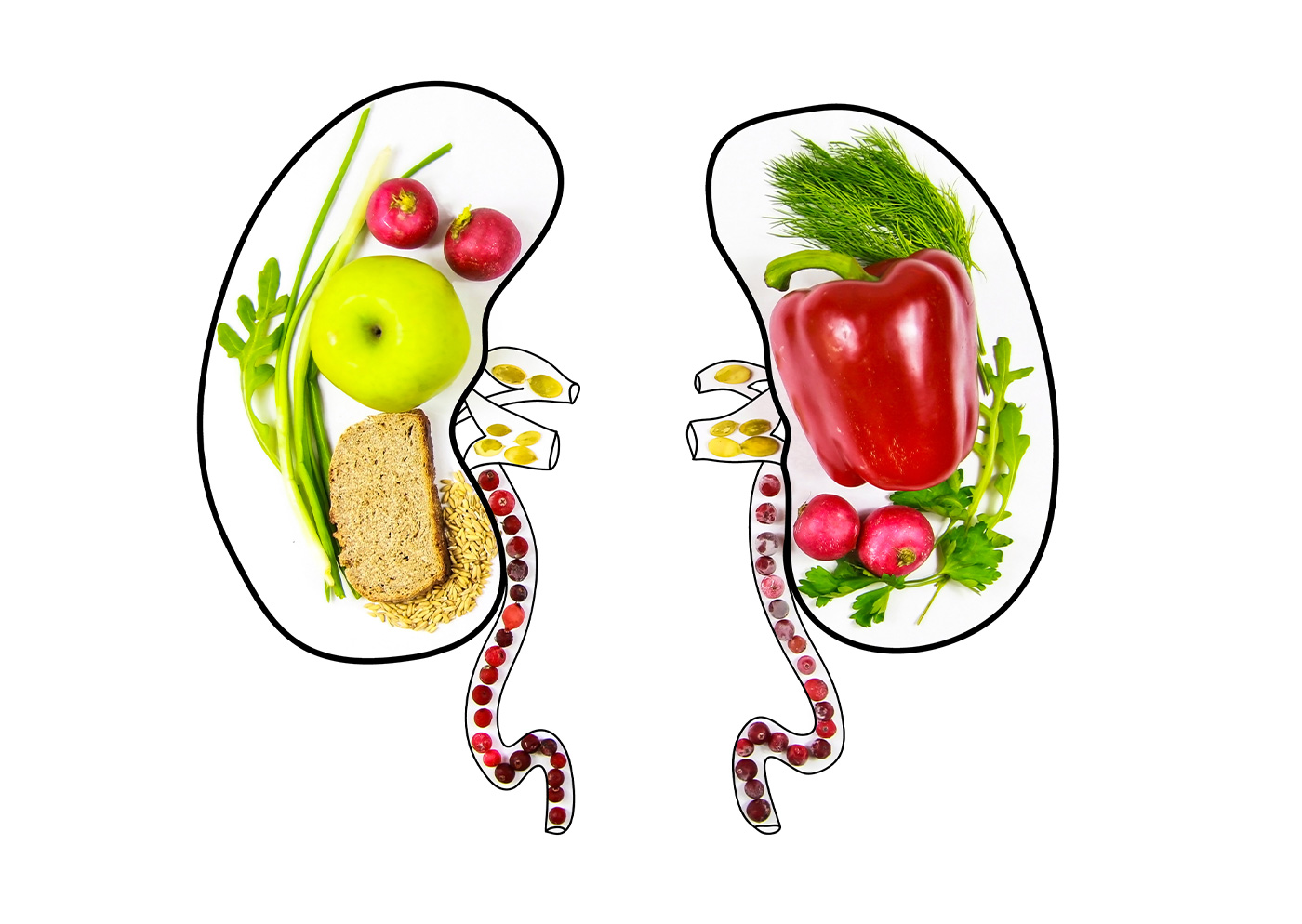An important part of travelling is enjoying and tasting local cuisine and exploring new gastronomic traditions.
If you are careful to remember your own nutritional requirements and make any necessary adjustments to meals, you will still be able to enjoy and share new food experiences.
You will need to:
- Eat more high protein foods.
- Eat less high salt, high potassium, and high phosphorus foods.
- Learn how much fluid you can safely drink (including coffee, tea, water, and any food that is liquid at room temperature).




